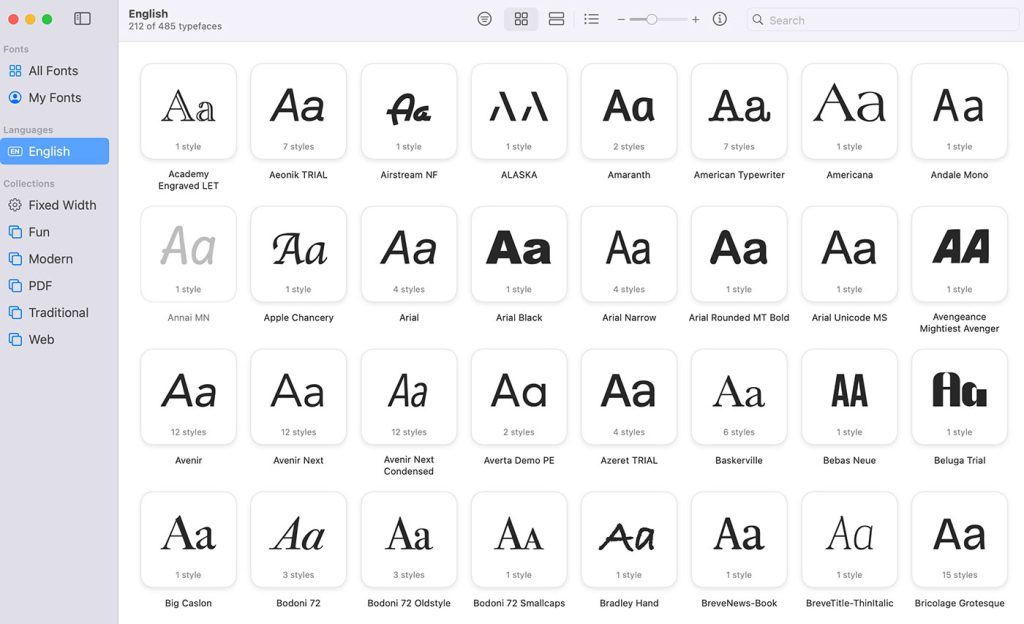Holistic web design: it just sounds so… ’60s counter-culture acid-fueled epiphany-like. But it’s worth looking at anyway. I mean, everyone here has either read the Dirk Gently books, or at least watched the latest Netflix adaptation, right? No? Well, here’s the crash course:
Everything is connected.
That connection might be tenuous or obvious, but everything is more or less connected somehow. You can find elements of this idea in chaos theory, especially in the Butterfly Effect—you know, a butterfly flaps its wings in China, and Florida gets hit with a hurricane. (Prediction: by 2020, we will have declared war on those darned butterflies.)
In web design and development, cause and effect can usually be seen almost immediately. Things happen fast, and everything you do will affect your users, yourself, any employees you have, your shareholders, and some people you might not even consider in the equation. It will affect all of your lives whether for good or ill.
Therefore, whenever you go to build something new, or change something already on the web, you need to look at how it will affect everything and everyone you can think of. Of course, none of us are fortune tellers, and we can’t foresee everything. But you can ask yourself some pointed questions to get started:
1. How Will This Change Affect Existing UX?
So let’s say you already have a product out there. You think of something cool you’d like to add to it. Exactly how is that going to change the way users interact with your site? Sure, the difference could be negligible. On the other hand, it could make some existing bit of functionality a little harder to access. Maybe you moved a link from your primary menu to a sub-menu in order to make room for your big new thing.
The thing is, those small changes can completely throw existing users, especially if you don’t show them where their old favorite feature went. If you have users who use your site or app every day, it’s important to consider how changes you make will affect their daily lives.
2. How Will This Perform / Affect Performance?
Let’s take the example of an existing app again. I mean, it was built with one set of requirements and goals in mind, and it was presumably optimized around making those goals happen. So what will happen when you decide to add that fancy widget, or animate those elements that previously felt a bit lifeless?
How will your changes affect loading and processing time? Those two factors will rather directly affect how many people continue to use your site or app, and how happy they are with it. Depending on older devices, it might affect how many people can use your product.
3. How Will You Secure This Thing?
Before you build anything for the first time, you need to have security plans in place. You don’t have to be clairvoyant, after all, to see how having an insecure system in place would hurt you, your bottom line, and worst of all: your customers. So yeah, you’ll want to outline which processes, technologies, and policies you’ll have in place from the get-go.
When making changes to an existing site or app, keep in mind this simple statistical fact: more code means more potential bugs and vulnerabilities. I mean, adding a few links to your footer probably isn’t going to open cracks in your security, but more complex changes can.
4. How Will This Affect You, and Your Employees?
Okay, how many people here have started a project with no real idea of how much work it would take to accomplish it? How many people have created something without budgeting for the amount of time and money it would take to support it? Okay, that is a lot of hands in the air. You… you can all stop now.
And even if you’re the boss, every new project or feature added to your lineup is going to take more time than you might realize. There’s the time it takes to make it in the first place, but then there’s debugging, customer support, and possibly training users to take advantage of it.
5. How Could People Use This to Hurt Each Other?
You need look no further than social media in general for some examples of good ideas that have been twisted by jerks. Not a day goes by without some new story popping up describing the ways people are terrible to each other online. Many of these products were designed with the best case scenario in mind, and they did not prepare for the worst. Now they’re playing catch-up against communities of experienced trolls.
One of my favorite stories about this sort of thing is about Peeple, which barely got to launch before it felt the full force of this problem. See, it was billed as “Yelp for people”, and initially, it allowed people to get on it and leave reviews about other people even if the reviewees weren’t on the app.
The Internet immediately saw the potential for abuse. The creators of the app did not, at first. Ironically, they only saw the light after the app was bombarded with negative reviews from people who never really used it.
6. Does Anyone Actually Want This Thing?
Everything you do will affect your users, except when it doesn’t. While there is such a thing as inventing a new product that creates its own demand, sometimes that doesn’t happen. You need to honestly ask yourself if there is any demand for your product.
The best recent example comes from the offline world. Some tech genius thought it would be a good idea to disrupt the juicer industry. So they did, creating a juicing machine that squeezed “juice packs” full of chopped up fruit (which you could totally squeeze with a rolling pin). They called it “the Juicero”, and they charged $400 USD for it.
They had deals with manufacturers, local farmers, marketers, and just about everyone…except their potential customers. There was apparently very little market research done to see if anyone actually wanted a ridiculously expensive juicer. You can imagine the result.
So yeah, my last point is just that: before you build anything for the web, or make a change to your existing site, ask yourself if you’re making something just to make something. Does anyone even want things to change?






